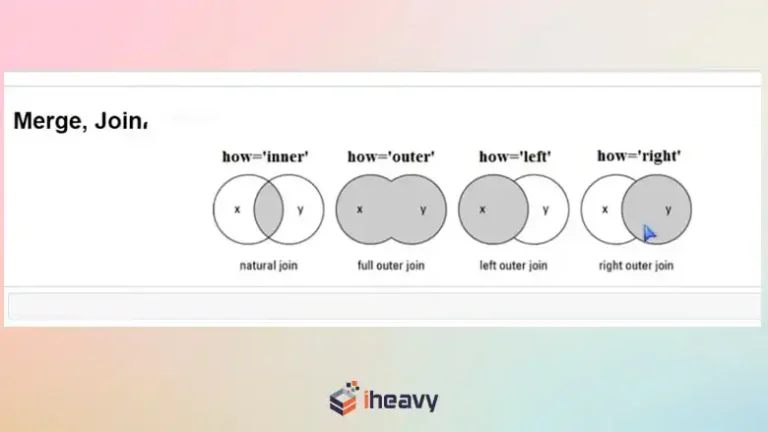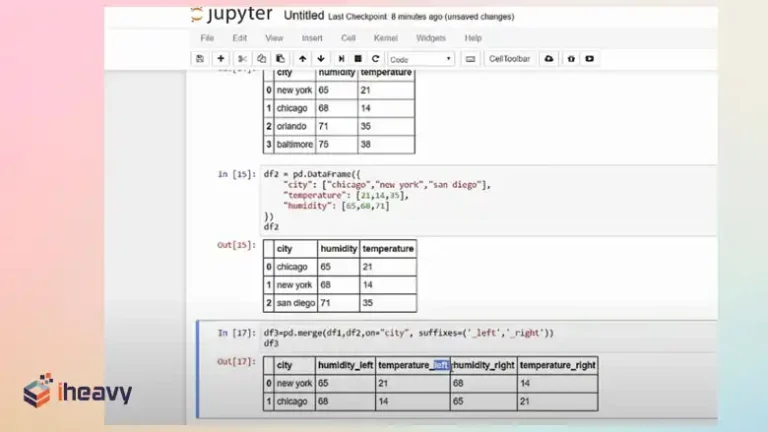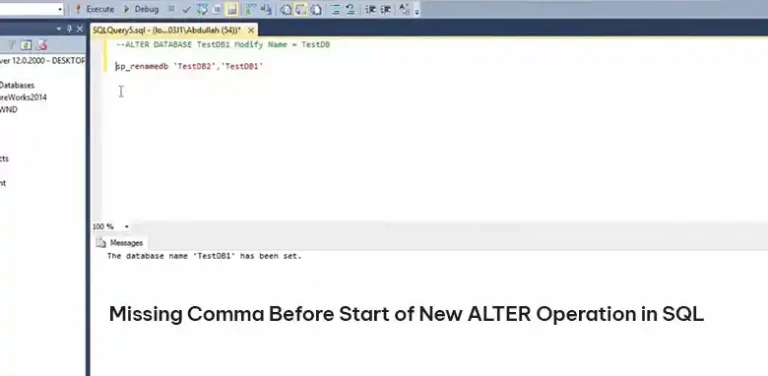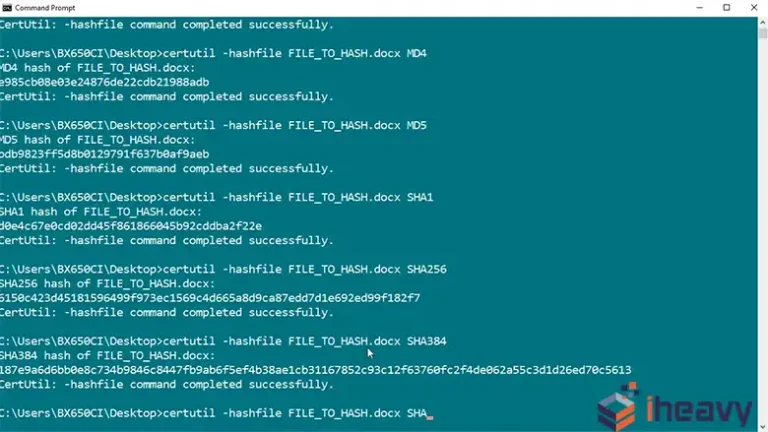How to use FOR XML PATH(”) TYPE
SQL Server provides various methods for querying and manipulating data, and one of the most powerful yet sometimes underutilized features is the FOR XML clause. This clause is primarily used to format the results of a query as XML. However, when combined with certain options, it can also serve to concatenate strings, generate complex hierarchical…







